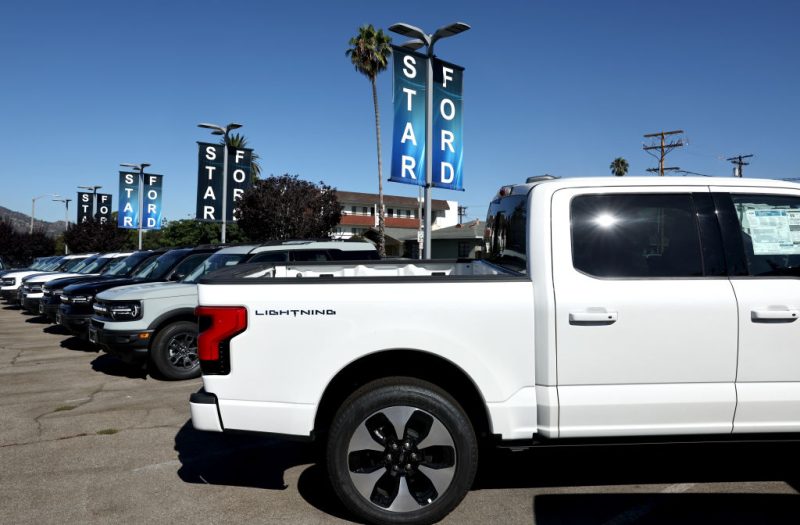
(NewsNation) — Americans are burdened by car debt, and the situation is worsening rapidly.
In the previous quarter, 28% of vehicles traded in for new car purchases were considered underwater, indicating that their value was lower than the remaining balance on the loan.according to Edmunds. That is the largest percentage in four years.
Individuals who have negative equity in their vehicle loans also now owe more than previously — an average of $6,905, representing an increase of over 60% compared to four years ago.
Ivan Drury, the director of insights at Edmunds, stated that the level of trade-in debt consumers have should serve as a "wake-up call."
"Much of this is due to shoppers leaving their vehicles too soon, or having loans from the pandemic car market rush, when prices were at historic levels," Drurysaid in a statement.
These decisions have resulted in more underwater car loans with substantial debt, frequently exceeding five digits. Edmunds reported that almost 25% of trade-ins with negative equity had over $10,000 in debt during the last quarter, marking a record proportion.
The report indicated that incorporating existing debt into a new car purchase can lead to expensive consequences. Individuals who transferred negative equity into a new loan had an average monthly payment of $907 during the last quarter, approximately $140 higher than the overall average of $767.
If possible, hold off on trading in your vehicle until you've reduced your balance more," said Joseph Yoon, an analyst for Edmunds' consumer insights team. "If you must replace your car, ensure that your next purchase aligns with your budget, not just your desires.
Auto loan trends are appearing "strikingly comparable" to those seen during the Great Recession period.
Edmunds' most recent data contributes to growing proof ofgrowing strainamong borrowers, and some worry that auto lending is nearing a crisis.
"Delinquencies, defaults, and repossessions have increased significantly in recent years and resemble patterns seen prior to the Great Recession," said the Consumer Federation of America.cautioned in a September report.
Auto loans have become the biggest non-mortgage debt category, with Americans having outstanding balancesroughly $1.66 trillion on their vehicles.
This year, the percentage of subprime auto loans that are 60 days or more past due on their paymentshit a record of more than 6%, according to Fitch Ratings.
Average down payments have also decreased, reaching the lowest point in almost four years ($6,020), while buyers of new cars are securing larger loans than before, financing an average of $42,647 in the last quarter,Edmunds data shows.
And there is no indication that the cost of new vehicles is decreasing.
The typical American purchaser of a new vehicle spent a historic amount of $50,080 in September, according to Kelley Blue Book.reported this week. This is the first instance where that figure has exceeded the $50,000 threshold.
The increase was linked by Kelley Blue Book to three reasons: additional fees, affluent buyers, and a surge in seeking the temporary electric vehicle tax incentive.
Copyright 2025 Nexstar Media, Inc. All rights reserved. This content cannot be published, aired, altered, or shared again.For the most recent updates, weather reports, sports coverage, and live video streaming, visit WSPA 7NEWS.